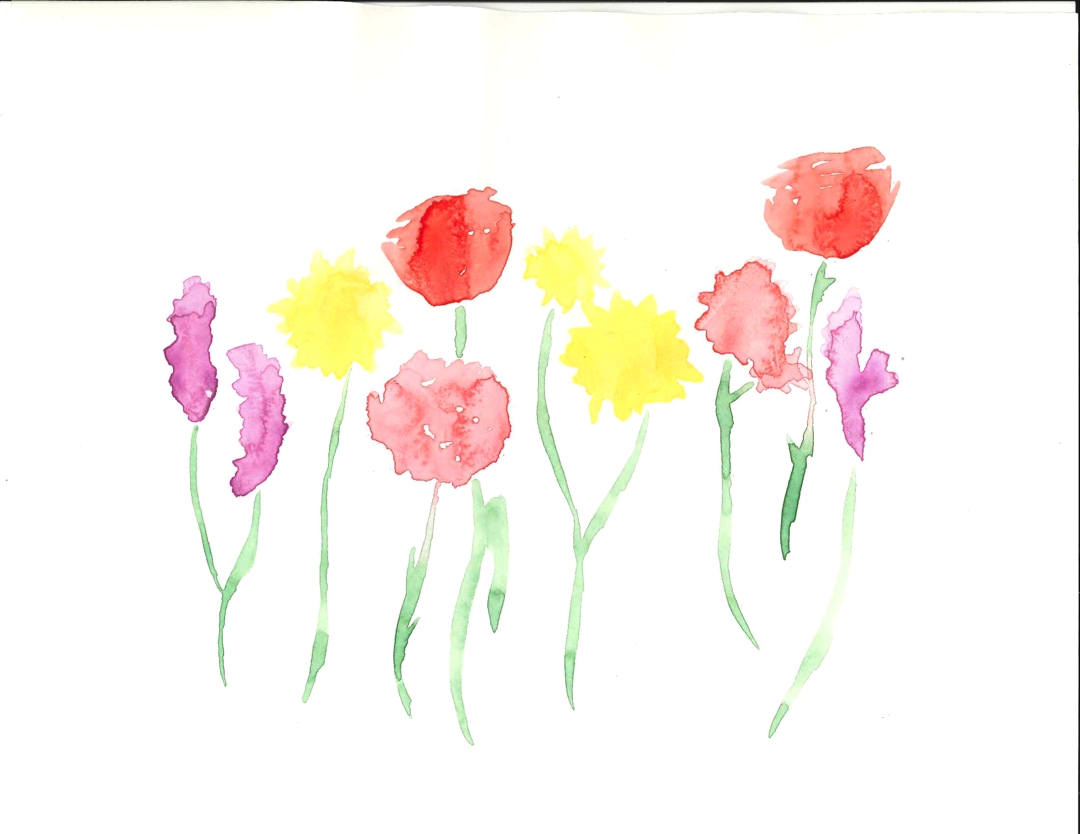Local community members, students and faculty gathered Feb. 24, in Morrison Lounge to listen to a panel of speakers discuss the intersection of blackness, the environment and poetry in an event titled “Blackness and Nature: Artists in Conversation.” Camille Dungy led the conversation-style panel, which also included Zinzi Clemmons and Douglas Kearney. All three speakers utilized their backgrounds as African-American poets and academics to share insights on how literature can represent the intersection of blackness and nature.
The lecture was a component of the Robinson Jeffers Association (RJA) Conference, which took place at Occidental this year in the Academic Commons. The RJA conference is an annual gathering for members of the literary association to read and discuss the works of the American poet, Robinson Jeffers.
OxyArts director Deena Selenow explained how the event came to fruition.
“[The directors of the RJA conference and I] said ‘Okay, Camille Dungy is going to be their guest poet, so how can we make this even more rich and engaging for the community?” Selenow said.
Dungy is the author of four collections of poetry, has received an American Book award and is currently a professor in the English Department at Colorado State University.
To build on Dungy’s presence, OxyArts and Dale Steiber from Special Collections, who organized the RJA conference, brought in Clemmons and Kearney. Clemmons, a professor of creative writing at Occidental, is the co-founder of Apogee Journal, which publishes literature related to identity politics. Kearney is a critical studies professor at CalArts, and a poet whose work has received acclaim from organizations like Publisher’s Weekly.
The poets drew from their distinct literary and academic backgrounds to discuss blackness in relation to the natural physical world. Kearney began the talk commenting on how nature is often represented as an antagonist in black poetry. Clemmons used a series of images related to the topics of race and the environment to guide her discussion. A native of Philadelphia, she presented photos of young black men riding around the urban decay of North Philadelphia on horses. According to Clemmons, the horse riding is a form of therapy for the men.
Dungy contextualized the talk by speaking about the increasing entanglement of politics and the environment, given the events with the North Dakota Access Pipeline.
“You have to be actively working to not see the connection between the environment and class concerns,” Dungy said.
Dungy expanded on her point with the idea that marginalized groups will be the first to feel the effects of environmental issues, such as water shortage in the example of the North Dakota Access Pipeline situation.
Kearney and Clemmons spoke primarily on how nature and blackness are represented together in various art forms such as paintings and poetry. Kearney began the talk through a literary, as opposed to political, lens by discussing how nature metaphors can represent humanistic concepts such as race and class.
“As we heard on the panel, and is reiterated in Dungy’s book, blackness complicates nature writing, and allows more political perspectives in, precisely because of our complicated history with nature,” Clemmons said. “We gain an understanding of what is at stake in our natural world when we read black perspectives on nature.”
Professor James Ford, who proposed the topic of the panel, summed up the purpose of the talk.
“Black communities in the U.S. and beyond have had longstanding interests in nature, the environment, ecology, et cetera,” Ford said. “This panel invites Oxy students, conference attendees and others to think about how black writing and nature writing intersect, in terms of formal aesthetic innovation and political critique.”
The breadth of the panel’s topic attracted a variety of individuals: conference attendees, faculty members from various departments, Eagle Rock residents and students.
“I was really interested in creative writing, especially by people of color specifically,” Josh Harmon (senior) said. “And then, on top of that, I think black people and nature was always either violent, or looked at negatively, like ‘black people can’t swim;’ there are a bunch of different stereotypes, so I came here looking for answers to that type of thing, especially through a literary medium.”
Interested in intersectional poetry? Email us at weekly.oxy.edu or Tweet us @OxyWeekly
![]()



































